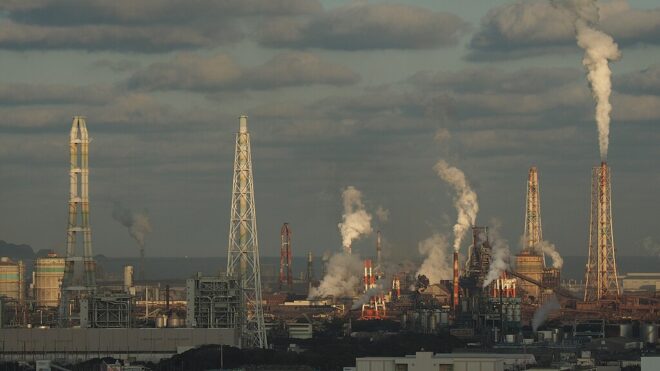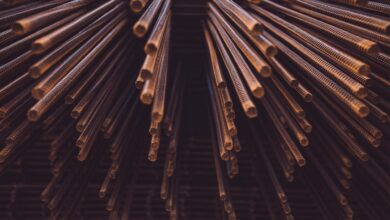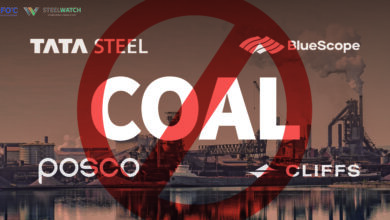US Steel acquisition risks cementing Nippon Steel’s status as a laggard on decarbonisation

Description: This commentary is elaborated based on the article published in Japanese on 9 January, 2024.
Nippon Steel Corporation’s acquisition of US Steel in the final days of 2023 marks a critical turning point for the company, the sector, and both Japanese and American decarbonisation plans. For Nippon Steel it is a huge financial spend, underlining a strategic shift from domestic to international player, but it also highlights Nippon Steel’s potential as a drag on the sector’s decarbonisation obligations.
Nippon Steel was already the world’s fourth largest steel producer, with ten coal-burning blast furnaces. However as a mainly domestic producer, it flew under the radar as a laggard on climate action. This takeover likely elevates it to third largest producer, and with a global portfolio of 18 blast furnaces, the company’s inaction on climate will be increasingly exposed, and challenged.
As the UNFCCC COP28 in Dubai demonstrated: no industry can afford to ignore or delay what is now critically urgent and unavoidable action to reduce emissions. With steel industry emissions currently sitting at over seven percent of global greenhouse gas emissions, cleaning up the sector is an imperative for both climate and competitiveness.
Nippon Steel is not only lagging well behind its global competitors on decarbonisation efforts, it has been named the worst performer among Japanese, Indian and South Korean companies politically, as it has actively opposed carbon pricing and renewable energy expansion. The company wants us to believe it has a carbon-neutral vision, but the reality of its actions show that this is more a public relations exercise than a practical plan for cleaning up its operations.
In its Sustainability Report 2023, the company proudly reports it has cut emissions compared to 2013, but these reductions are actually involuntary, due to cuts in output following declining demand. Emissions intensity (CO2 emissions per ton of steel) has remained virtually unchanged. This should be embarrassing enough, but Nippon Steel is barely even considering emissions reduction actions before the 2040s, resulting in a plan that aligns with a disastrous 2.4 degrees of global warming.
The acquisition of US Steel also means the company is even more reliant on polluting, coal-fired blast furnaces. Coal-based steel production pumps over two tonnes of CO2 into the atmosphere per tonne of steel that rolls off the line. This is totally unsustainable in a world threatened by catastrophic climate change.
If Nippon Steel does not choose to change, decades of uncontrolled carbon emissions lie ahead, putting a handbrake on national climate actions and threatening the health and livelihoods of communities impacted by terrible air pollution. Even in 2050, when the world is supposed to be at net zero, it plans to be running blast furnaces with its “Super COURSE 50” technology which, even according to the company’s own optimistic unproven estimates, will only cut blast furnace emissions by 50 percent at best.
It currently looks that Nippon Steel would keep coal at the core of its business. This was apparent with its investment in Teck’s Canadian coal mines last month. Now, the purchase of US Steel adds eight blast furnaces to the portfolio, six of them in the US, in addition to the ten it operates in Japan. From being Japan’s biggest blast furnace operator, it is becoming one of the world’s biggest blast furnace operators – that is a source of shame, as well as a huge reputational and stranded asset risk in a world increasingly facing inexorable and drastic emissions cuts.
Nippon Steel’s acquisition could risk exporting its culture of climate delay to the US, but it could also become an opportunity for the company to take responsibility for its pollution, to modernise and clean up its processes, and become a leader in truly green steel. US Steel is a member of Responsible Steel, hence Nippon Steel could also become a member, learn from its new US operations’ experience with scrap-based production technology, and rapidly move towards certified steel.
To be a booster not a blocker for climate action while future-proofing its business, Nippon Steel must urgently develop transition plans out of coal-based production, for every current blast furnace site, in the US, Japan and beyond. Being a global steel player comes with global responsibilities. This is the moment to pivot from being a coal-addicted climate laggard, to a truly international role model for what a green, global steel company can be.
(Link to photo)



